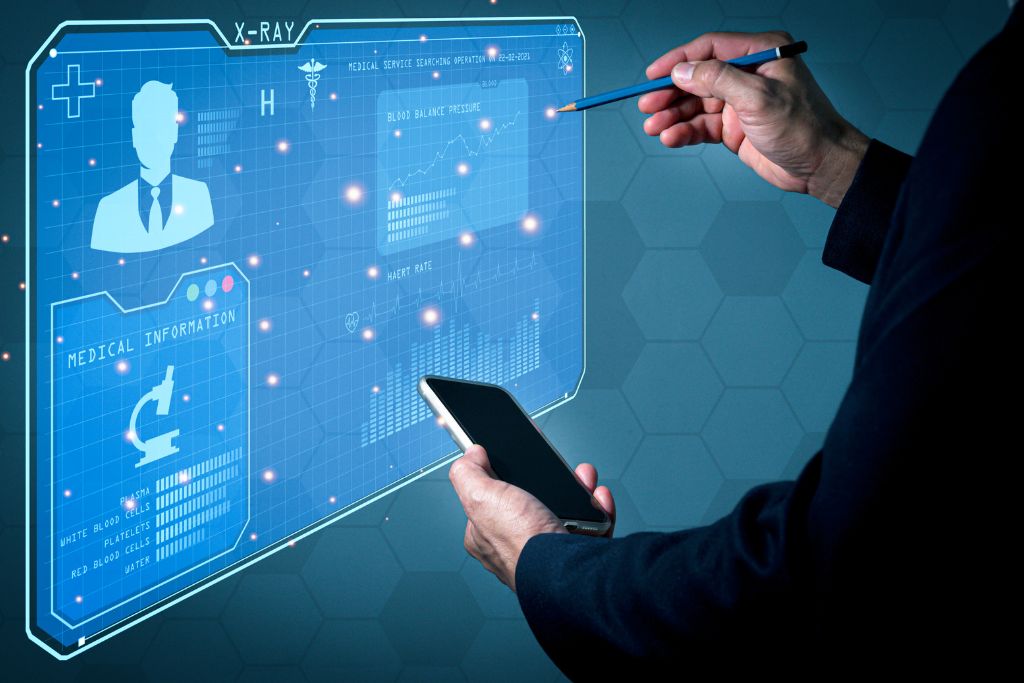In this blog we will write impacts of technology on students paragraph explaining how technology changes how we live every day. Things like phones and smart machines make life easier, but they also bring new challenges. We can connect with others and do cool things, but sometimes it might affect our privacy or jobs.
This introduction looks at how technology, like computers and gadgets, can be good and sometimes tricky. It helps us understand the different ways technology affects our lives, both the good stuff and the challenges we need to think about.
Impacts of Technology on Students Paragraph (150 words)
Technology has really changed how students learn. With things like laptops and tablets, classrooms aren’t like they used to be. Now, students can use these devices to find lots of information and make learning more interesting. It’s not just reading books; it’s like a whole new way of exploring and understanding things. Technology in education is like a big upgrade, making learning more fun and interactive for students.

But, using technology also brings some challenges. Sometimes, students can get distracted by things that aren’t related to school. This might make it hard for them to focus on their lessons. Finding the right balance and making sure students use technology responsibly is really important. We want to make sure that while we enjoy the benefits of technology, it doesn’t take away from the important job of learning in school. So, it’s all about using technology wisely and making sure it helps students learn better.
Unlock educational insights at newedutopics.com. Explore topics, study tips, and more! Get started on your learning journey today.
Impacts of Technology on Students Paragraph (200 words)
Beyond its influence within traditional classrooms, technology has revolutionized the accessibility of educational resources for students. The advent of online platforms and e-learning modules has extended the reach of education far beyond physical confines. This transformation allows students to access lectures, study materials, and collaborative projects from virtually anywhere, fostering an inclusive and adaptable learning environment.
Yet, a pressing concern is the persistent digital divide, wherein not all students enjoy equal access to technology and the internet. Bridging this gap becomes imperative to ensure that all students can harness the positive impacts of technology on their educational journey. In navigating these shifts, educators and policymakers must actively work towards creating a more equitable technological landscape, where the benefits of digital education are accessible to all students, irrespective of their socio-economic background or geographical location.
Impacts of Technology on Students Paragraph (300 WORDS)
Technology plays a pivotal role in shaping the essential skills students need for the future. The integration of coding, digital literacy, and other technology-related subjects into the curriculum is pivotal in preparing students for a workforce increasingly driven by technology. These initiatives empower students with the knowledge and skills to navigate a digital landscape, fostering their adaptability in an evolving job market. Collaborative tools and communication platforms further contribute by enhancing students’ teamwork and communication abilities. By engaging in digital projects, students learn to collaborate effectively, mirroring the collaborative nature of many modern workplaces.
However, the rapid evolution of technology poses challenges, demanding continuous adaptation from both students and educational institutions. Staying updated with technological advancements is essential for educators to equip students with the skills necessary to navigate an ever-changing landscape. This necessitates a curriculum that not only imparts foundational knowledge but also instills problem-solving and critical thinking skills. In this context, educators serve as facilitators, guiding students in acquiring the digital literacy essential for success in the contemporary world.
While technology undeniably shapes and improves the educational experience for students, a thoughtful and inclusive approach is crucial. Efforts should be directed towards ensuring that the positive impact of technology remains accessible and equitable for all. This involves addressing the digital divide, integrating relevant technological subjects into curricula, and fostering an environment that encourages continuous learning and adaptability. Through such measures, technology can be harnessed as a powerful tool to enhance educational outcomes and equip students for success in an increasingly digital and interconnected world.

